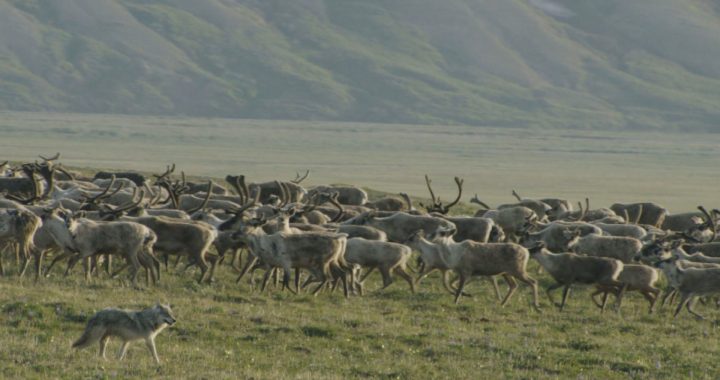Police ID highway of tears body
A day after the country’s justice ministers released a report calling for the creation of a national data-base for murdered and missing women, police revealed they had identified the body of another First Nations woman found dead near British Columbia’s highway of tears.
APTN National News
PRINCE GEORGE, B.C.–A day after the country’s justice ministers released a report calling for the creation of a national database for murdered and missing women, police revealed they had identified the body of another First Nations woman found dead near British Columbia’s highway of tears.
Prince George RCMP said Saturday that a body discovered by police dogs on Oct. 8 was that of Cynthia Frances Maas, 35. The RCMP said they confirmed the identity of the body through fingerprints. They believe she had been murdered.
The body was found in a wooded area frequented by sex trade workers.
Maas had been reported missing on Sept. 23 and was last seen on Sept. 10 in Prince George.
“Our duty and responsibility is to bring to justice whomever is responsible for her death,” said RCMP Cpl. Dan Moskaluk in a statement.
Police said between 30 to 40 investigators were on the case, but that it had yet to be linked to the highway of tears investigation which is probing the disappearance of a number of women over the past four decades.
Prince George RCMP investigators are also searching for Natasha Lynn Montgomery, 23, who was announced missing on Sept. 30.
The highway of tears is an 800 kilometres stretch of highway between Prince George and Prince Rupert, B.C. Since 1969, at least 32 women, many Aboriginal, have gone missing or been found murdered along the highway.
In Vancouver on Friday, federal, provincial and territorial justice ministers released a report recommending the creation of a national database containing murdered and missing women cases and the files of unidentified human remains.
“The ability to identify and track missing persons cases is foundational in addressing missing and murdered women,” said the report. “The investigation of missing persons cases can be hindered by inadequate data…Police…noted the need for a national linked missing person database with links to databases of unidentified human remains.”
The report said the proposed “Missing Persons Index” has been in discussion since 2003 and still faces some obstacles including how it could be linked to existing databases, confidentiality, cost and management.
In addition to missing and murdered women cases, the proposed index could also contain information on unidentified human remains, clothing or other materials owned by the missing person, and the names of the relatives of the missing person.
The report recommended that the provinces, territories and federal government consider a feasibility study on developing the index.
The report also suggested the federal government conduct a feasibility study on developing a voluntary database for women living a high-risk lifestyle.
The federal government has set aside $10 million to develop a national strategy to deal with murdered and missing Aboriginal women.
The report, compiled by the missing women working group which was created by justice ministers in 2006, also recommended that any new reports on missing Aboriginal women be immediately flagged.
“Cases matching the profile of women particularly vulnerable to serial predators be flagged as priority cases when a missing person report is received,” said the report, which also recommended all police forces create a special unit to investigate these types of files.
The report found that the majority of victims in murdered and missing women cases were Aboriginal, living in poverty, transient, addicted to drugs or alcohol, involved in the sex trade or suffering from mental health issues.
“Serial sexual predators consider three main components when targeting victims: availability, vulnerability and desirability,” said the report. “In Canada, Aboriginal women appear to be particularly vulnerable to this type of violence.”











9 thoughts on “Police ID highway of tears body”
Comments are closed.